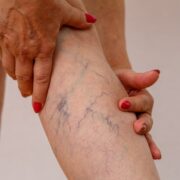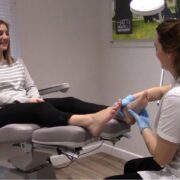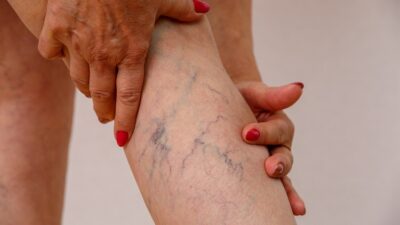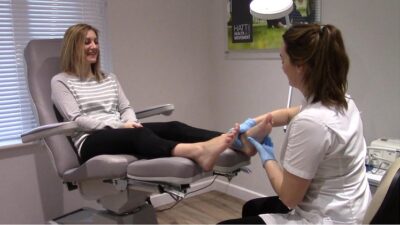In reading through health forums, it is obvious that many people confuse two types of varicose vein treatment: phlebectomy and vein stripping. However, the two procedures are vastly different and it’s important for you to know how. To start, phlebectomy is a minimally invasive procedure that requires only a short amount of recovery time while vein stripping is a highly invasive procedure that requires hospitalization and a long recovery time. There is only slight discomfort with a phlebectomyprocedure but vein stripping involves a lot of pain during recovery. Phlebectomy also has a far better success rate than vein stripping, where varicose veins often return after vein stripping.
The most common type of phlebectomy is ambulatory phlebectomy, which is also called microphlebectomy. If you read or hear someone just say phlebectomy, they are usually talking about ambulatory phlebectomy. The term “ambulatory” is used because a patient can be ambulatory, i.e. up and moving about, right after the procedure. In fact, your vein doctor will likely encourage you to walk before you even return home as this speeds up the healing process. Compression will be applied to the area to stop any bleeding and you will be instructed to wear compression stockings for a couple of weeks, partly for the same purpose.
Ambulatory phlebectomy involves removing superficial varicose veins, those that are right near the surface of the skin. During ambulatory phlebectomy, the vein doctor will make tiny incisions about two to three millimeters in length (the tip of a pin is about one millimeter) in the skin along side the superficial varicose vein. Then, using a special hooked tool, the vein doctor will gently pull out pieces of the varicose vein. Because the incisions are so tiny, no stitches are necessary. Ambulatory phlebectomy is done as an outpatient procedure in a varicose vein treatment clinic, like Metro Vein Centers, rather than a hospital. Only mild anesthesia is applied.
Contrast ambulatory phlebectomy to vein stripping, which involves deeper veins and much more intensive surgery that leaves lots of scar tissue and pain. Vein stripping is always done in a hospital under full anesthesia. Vein stripping almost always involves removal of the greater saphenous vein, which runs the entire length of the leg, and some of its branches. However, with modern techniques like EVLT and sclerotherapy, in almost all cases, vein stripping of the greater saphenous vein becomes unnecessary. In fact, if you go to a doctor and he or she recommends you undergo vein stripping, it would behoove you to go to a top rated varicose vein treatment center like Metro Vein Centers for a second opinion. There’s very likely a minimally invasive procedure that can save you from having to go through the very painful procedure of vein stripping.
The root of the confusion between ambulatory phlebectomy and vein stripping seems to be because most people today are more familiar with the very popular EVLT varicose vein treatment and sclerotherapy. In both of these procedures, the varicose veins are not removed at all. Instead, they are ablated in place, causing them to collapse in place, shrivel up, and then be reabsorbed by the body. EVLT uses laser energy at the tip of a very thin catheter to ablate the varicose veins and sclerotherapy uses an injection of a soap-like chemical to accomplish the same. Phlebectomy is often combined with EVLT so that part of the vein is removed and part is ablated. For example, if a vein is highly twisted in one area, it may be more difficult to insert the EVLT catheter so phlebectomy may be used in that section. Phlebectomy is also often used for varicose veins behind the knees.
When one user on a forum starts talking about any varicose vein treatment procedure that involves actually REMOVING varicose veins, other users will often warn against “archaic” and very painful vein stripping! This is because they assume the person is talking about vein stripping when they are actually talking about phlebectomy. If no one steps in to quickly point out the difference between phlebectomy and vein stripping, the thread can easily devolve into quite the controversial conversation! With the knowledge you have gained in this article, you can now be one of those people who quickly explains the confusion and prevents the heated debate.
















Comments